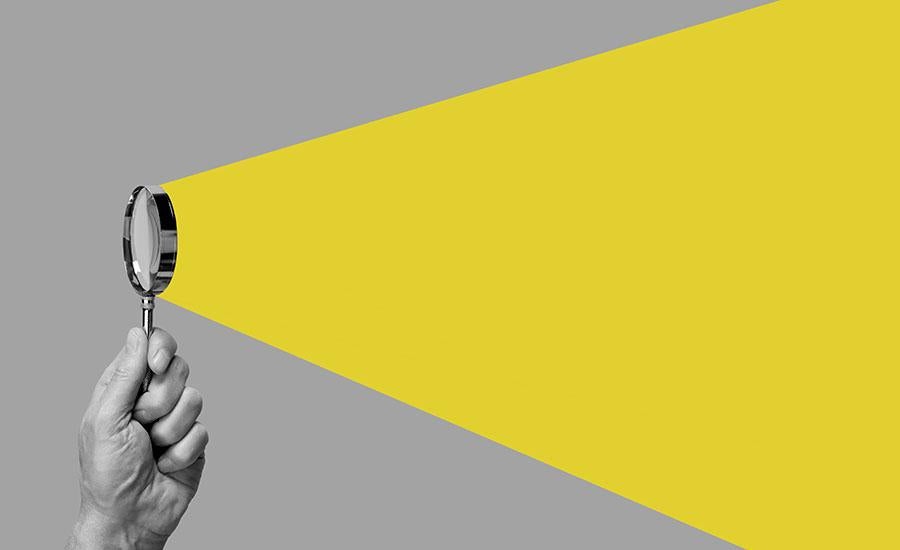
Light Reflection and Light Refraction
How do light rays reflect and refract? Does light travel at different speeds in different mediums? This lesson reviews how light waves can be reflected and refracted, and how light waves can change speed when being transmitted from one medium to another. Snell's Law is examined in detail, as are the properties of light waves in general, such as speed, frequency and wavelength. An exploration of mirrors (for light reflection) and lenses (for light refraction) are included, as are prisms which exhibit light dispersion and internal reflection. Lastly, examples of how light reflection and light refraction are used in modern devices and technologies are provided.
Lesson Plan Link/URL
https://docs.google.com/presentation/d/1a9IcZRdvHLA3M8SHjD3Frk_4jkZSZbm3/edit?u…Subject Area
Science Physical Science P1: Matter P4: Energy Transfer Engineering S2: Apply the Engineering Design Process S4: Apply Science to Engineering Mathematics Geometry (G) Algebra (A) Reasoning with Trigonometry (RT) Reasoning with Vectors (RV)Related Content

In this hands-on engineering and science project, students will become earthquake engineers tasked with designing and constructing earthquake-proof structures using toothpicks and mini marshmallows

The quintessential chemistry lab, Flame Test Lab! Students will use spectroscopes to identify the component photons of light that are emitted from Spectrum Tubes and Flame Tests. Students will learn

In this lesson, students use a pHet simulation to derive Ohm's law. Students will be able to describe Ohm’s law with a formula and through written expression.